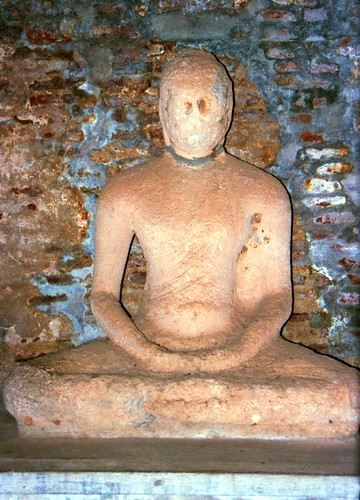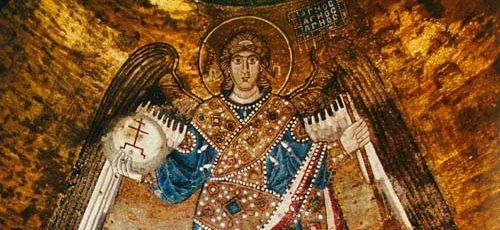The Anil of Anil’s Ghost is a forensic anthropologist; she was born in Sri Lanka but having left to study and work, she is now returning after 15 years away to investigate allegations of political murders. Ondaatje was eleven when he left Sri Lanka, so Anil’s insider/outsider status is presumably a reflection of his own experience. His decision to write this book is perhaps his equivalent of Anil’s need to return to Sri Lanka.

Ondaatje is really a very good writer. His books seem to have a dream-like quality, not so much because of what happens but the way that it is presented to us. Part of it is the way that the focus shifts around, not just between the main characters but an assortment of others who are only loosely connected to the central plot; and shifting backwards and forwards in time as well.
Also, if you were someone who just read books for the plot you might feel that it had its priorities oddly skewed: an ‘important’ event will go past rather rapidly, and then the book will dwell lovingly on a scene which has no particular narrative importance, but is atmospheric or striking or thematically apt.* It’s a kind of structuring which would seem very natural in a long poem but is a bit less common in novels.
As much as I liked the book, it was somewhat depressing. Perhaps a novel about ethnic conflict and political atrocities should be depressing, but still. Obviously I knew there was a long-running conflict in Sri Lanka, and of course it has been in the news recently as the war (or that phase of the war) drew to a bloody end; but I was blissfully ignorant of any of the details, and for me, Sri Lanka was largely associated with cricket. And it’s much more pleasant to associate a country with flamboyant opening batsmen than with heads on spikes. The book doesn’t actually wallow in the atrocities as much as it could do — they are evoked sparingly rather than described at length — but they are quite disturbing enough without that kind of pornographic attention to detail.
I had already counted a different book by Ondaatje — In the Skin of a Lion — as my book from Sri Lanka for the Read The World challenge, but that book is all set in Canada, so it seemed appropriate to read a book with a bit more Sri Lanka in it.
* I would hate to have to justify that sentence with close reference to the text, but thankfully I’m a blogger not a scholar.
» The picture, ‘Old Buddha, Sri Lanka‘ is © Rahul Barraez D’Lucca and used under a CC attribution licence.


